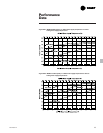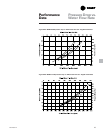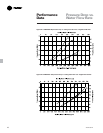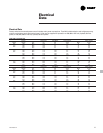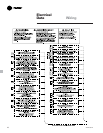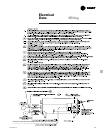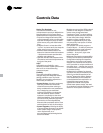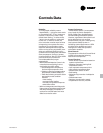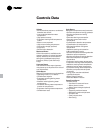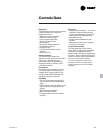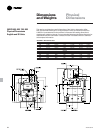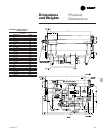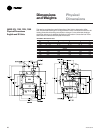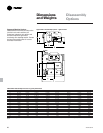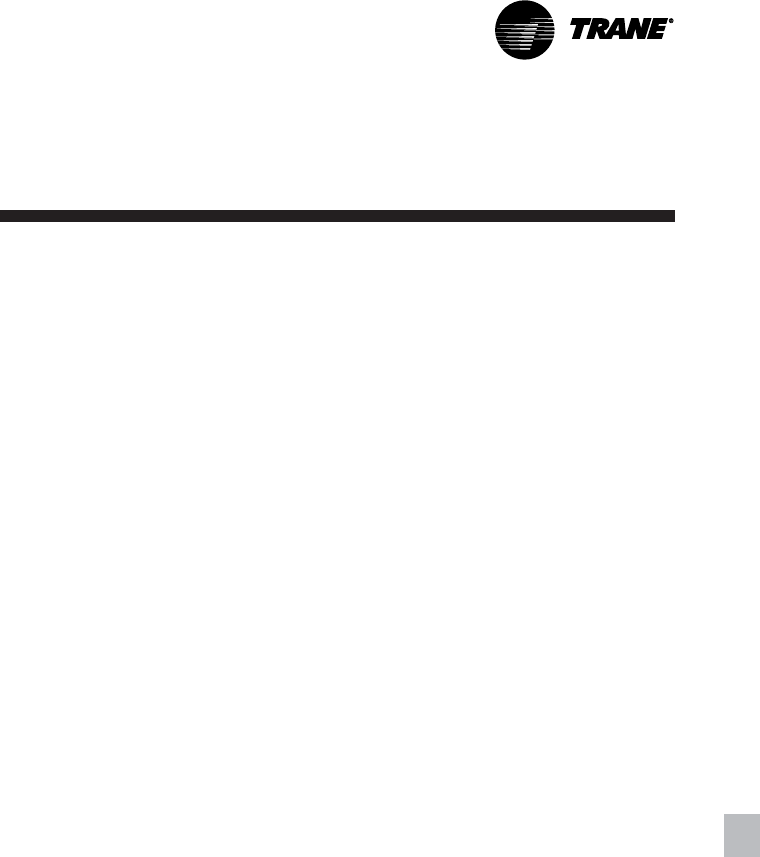
21
ABS-PRC001-EN
Reliability
To most people, reliability means
“dependability — giving the same result
on successive trials.” To our customers,
however, it has come to mean “keep
chilled water flowing.” In other words,
“when I turn the switch on, cold water
comes out.” In order to do this, the
micro controller must be aware of what
is happening in the system. But more
importantly, it must be able to make
decisions and adjustments to keep the
chiller running as long as possible, even
when non-standard conditions exist —
conditions such as bad power, bad water
(flow, temperature, fouling) or system
component failure. Also, the Trane UCP2
panel continuously monitors for
noncondensables and purges
automatically.
• With Enhanced Adaptive Control
™
the
controller does everything it can to
avoid taking the chiller offline.
— Senses evaporator temperature
limit and high temperature limit
— Displays a warning message about
the potential condition/safety trip
— Takes the following corrective action
sequentially as the condition
worsens:
- limits loading
- prevents further loading
- unloads until condition improves
- takes chiller offline
• With more diagnostics and diagnostic
history that are time/date stamped and
with help messages, the operator or
serviceman can take faster and more
effective corrective action.
System Performance
“Chilled Water System” encompasses
many levels of control: Standalone
Chiller, Chiller Plant, Applied System,
Central Building Automation System.
However, regardless of the system level
being designed, the unit controls
become critical, not just in making every
level operate reliably but also in
facilitating optimal performance. UCP2
provides more capability and more
intelligence to make this operation/
optimization possible.
Panel Features:
The absorption chiller Unit Control Panel
(UCP2) incorporates the following
features and components:
Control Functions
• Smart dilution-cycle duration based on
system requirements
• Adaptive evaporator leaving-fluid
temperature control
• Low evaporator-temperature limit
• High solution-temperature limit
• Solution flow control via AFD
• Soft loading
• Nuisance trip prevention via Adaptive
Control
• Chilled-water reset
• Optimum concentration control
• Crystallization recovery via SDR
Controls Data



